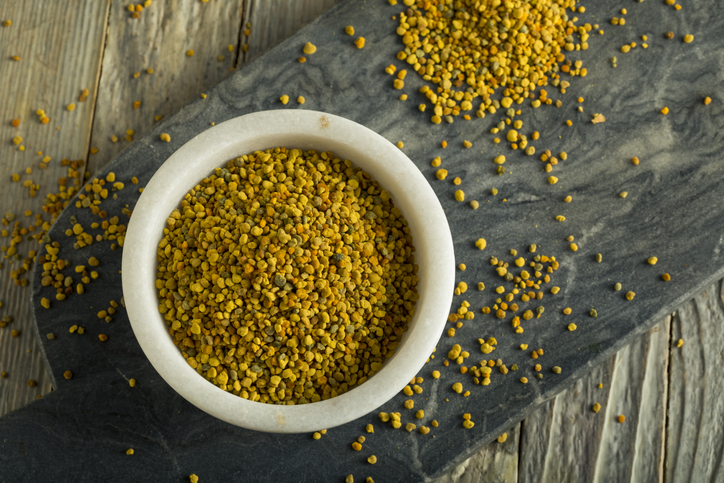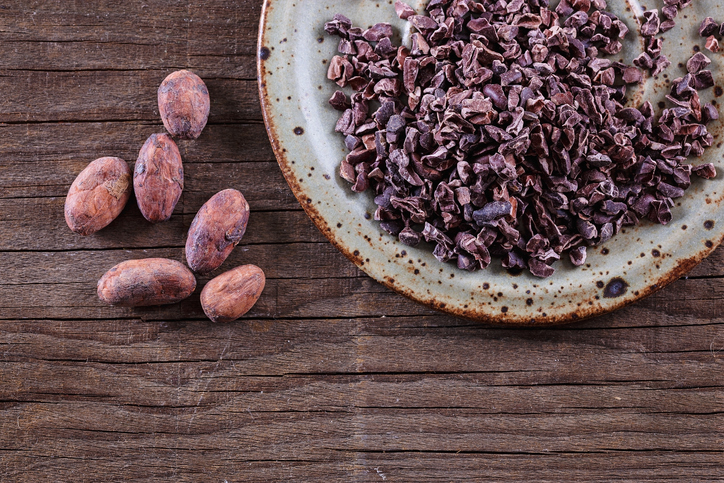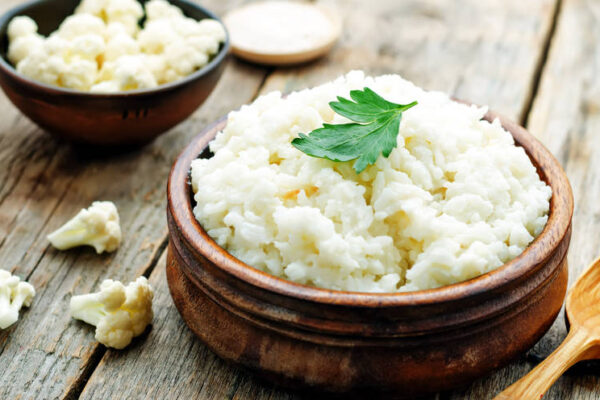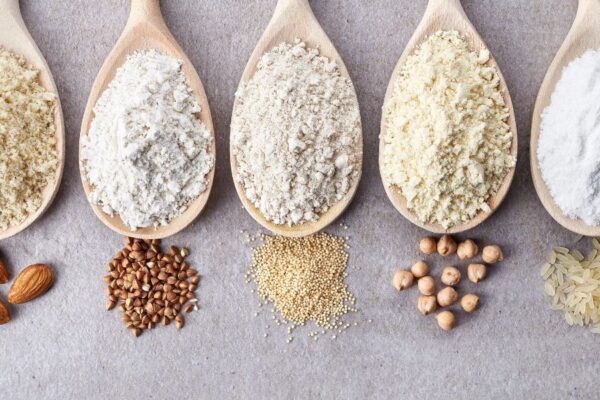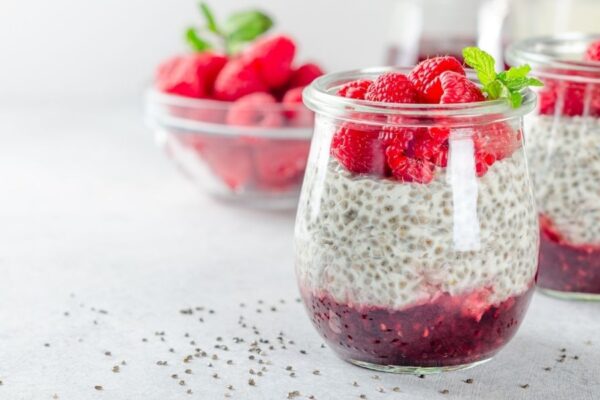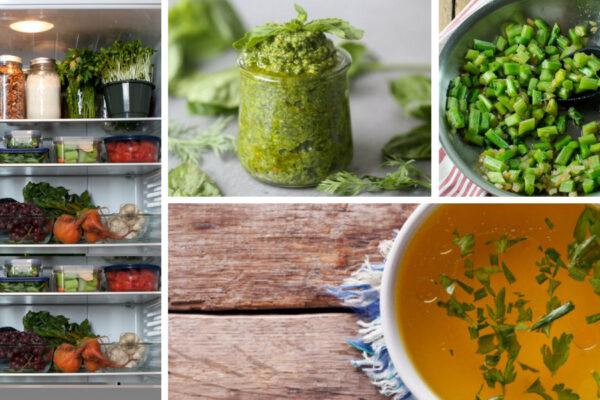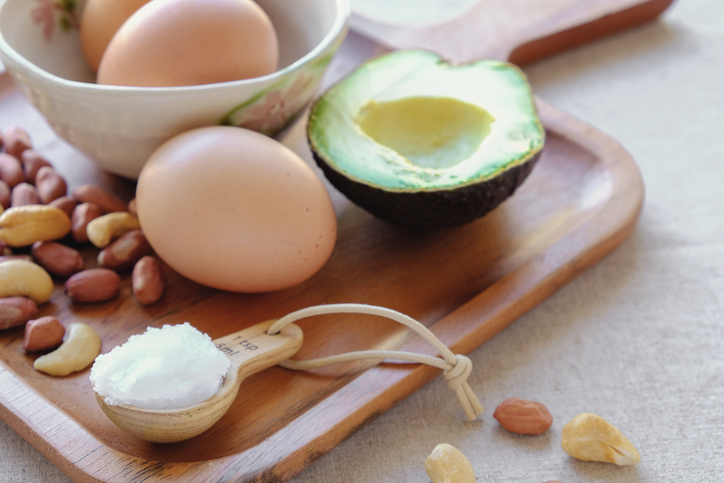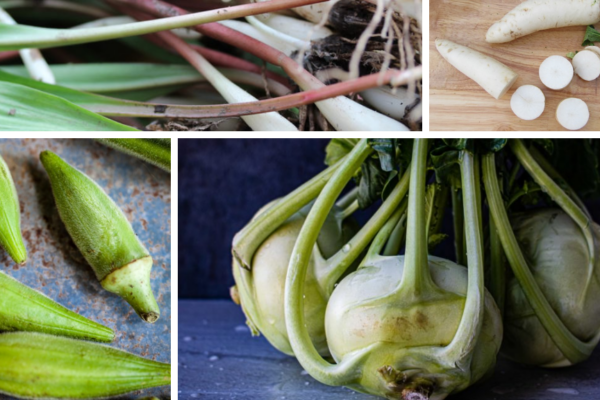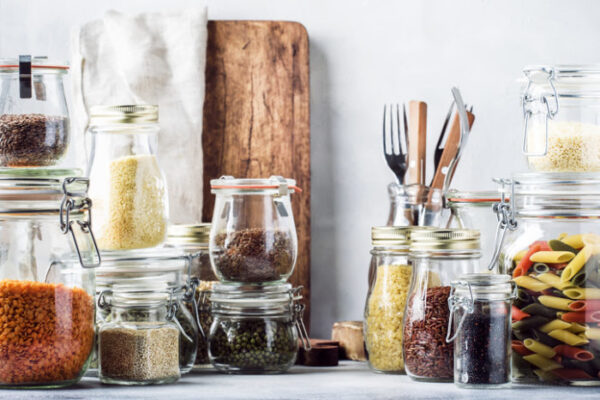10 Ingredients to Try This Year
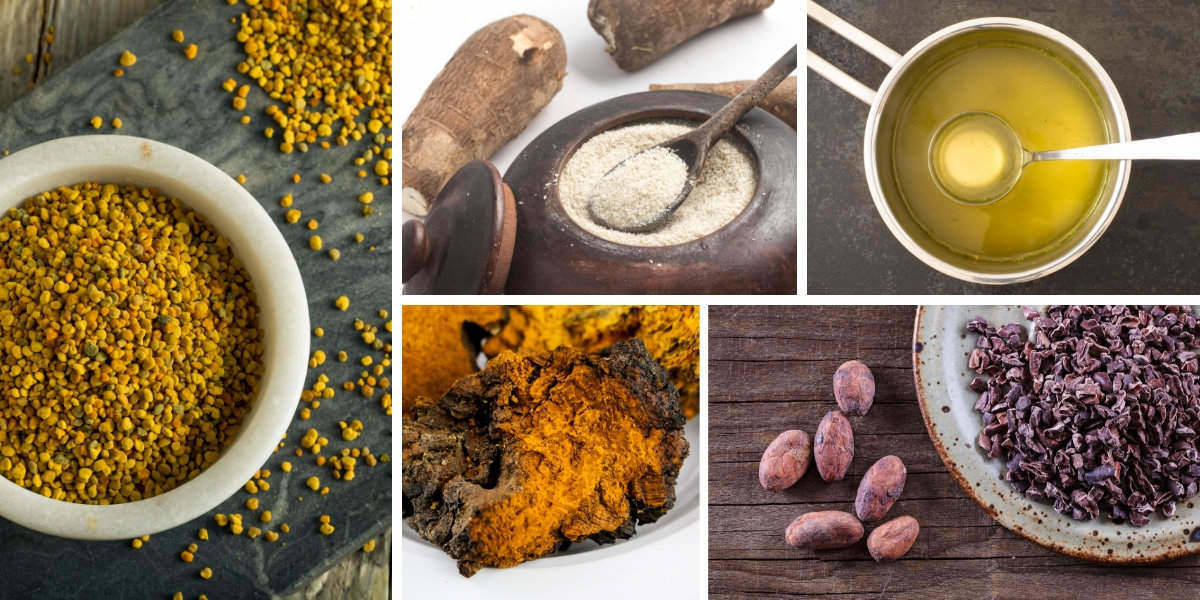
At the Academy of Culinary Nutrition, we aim to stay on the outskirts of food trends. The popularity of ketogenic foods, pickled vegetables or cauliflower rice waxes and wanes in mainstream culture, but we believe that fresh whole foods will always be in style. We’re going to keep eating quinoa whether or not it’s considered ‘so 2014’. We’ve compiled some of our favourite – and perhaps underappreciated – ingredients and if you haven’t tried them yet, then today is the day!
10 Ingredients to Try This Year
Cassava Flour
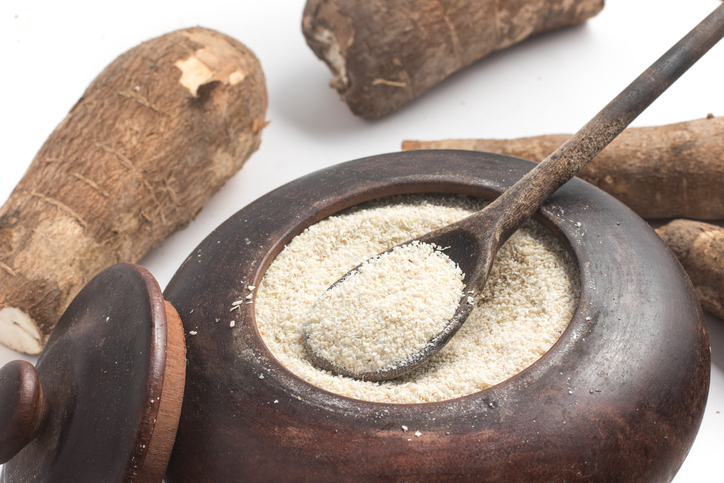
Photo: iStock rodrigobark
Widely used in South America and Africa, cassava flour is ground from the root of the cassava plant. While tapioca is also derived from cassava, the extraction process involves washing, pulping and refining so the end result of tapioca starch is much different from cassava. Cassava is high in fibre, too.
How to Use: It has binding properties and has a very similar texture to wheat flour, making it a great option for gluten-free baking and Paleo baked goods.
Bee Pollen
Photo: iStock bhofack2
Bee pollen is a powerhouse of B vitamins, amino acids, antioxidants and enzymes, making it a great option for those who are looking to boost energy levels, enhance immunity and reduce inflammation.
How to Use: Bee pollen has a natural sweetness that works well in smoothies, elixirs, chocolate and other desserts, plus it’s lovely when sprinkled on dairy-free yogurt, oatmeal, or gluten-free toast.
Nori
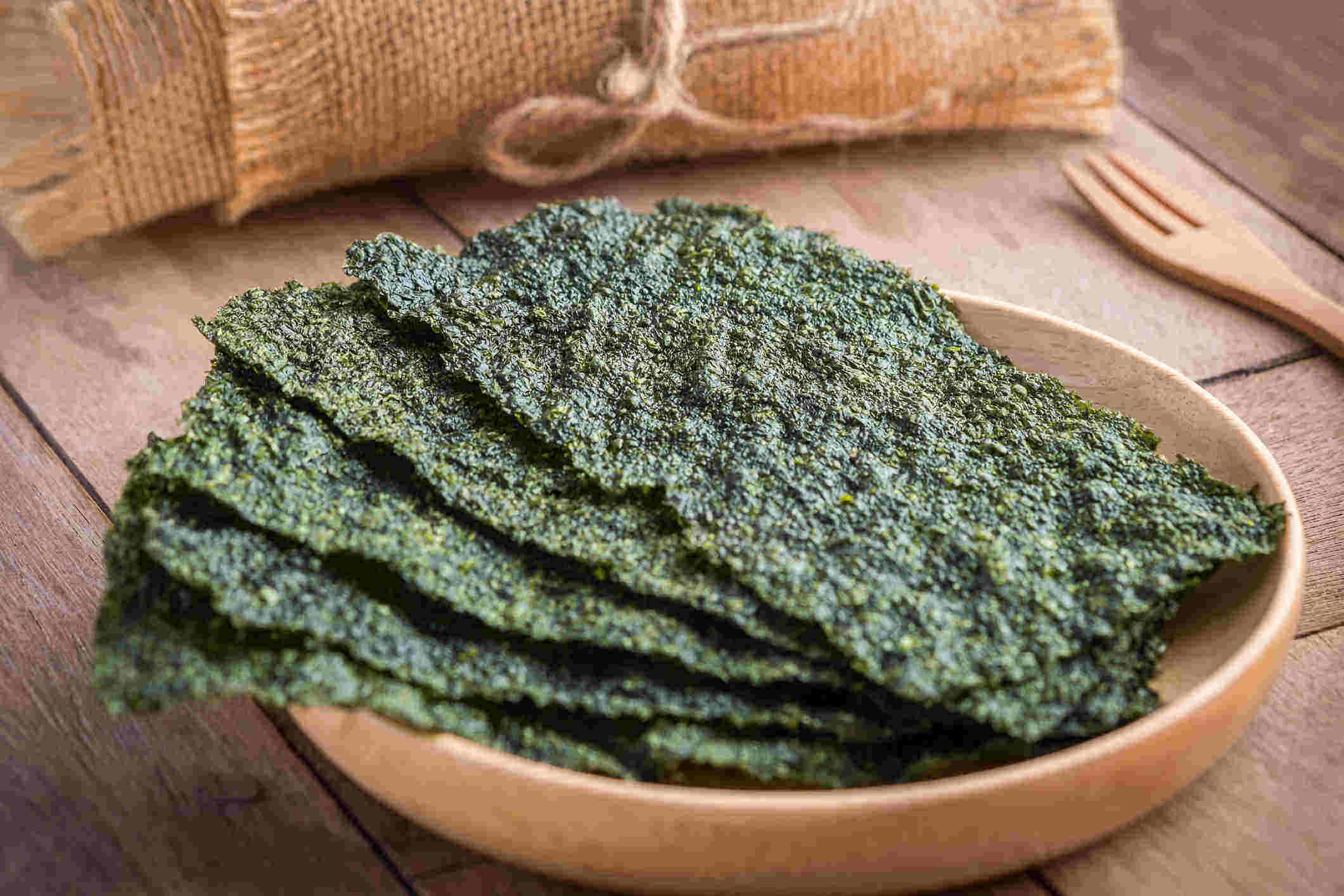
Photo: iStock Amarita
This sea vegetable is rich in iodine for thyroid function, chlorophyll and iron to enhance our blood, protein, B vitamins for stress relief, and much more. It’s now easily available at most grocery stores, or you can find it in markets that sell Japanese ingredients.
How to Use: You’ll most commonly find nori used in sushi, but it also makes a great alternative to bread in wraps, can be crumbled into broths, soups and stews, or used as a base for crackers.
Edible Flowers
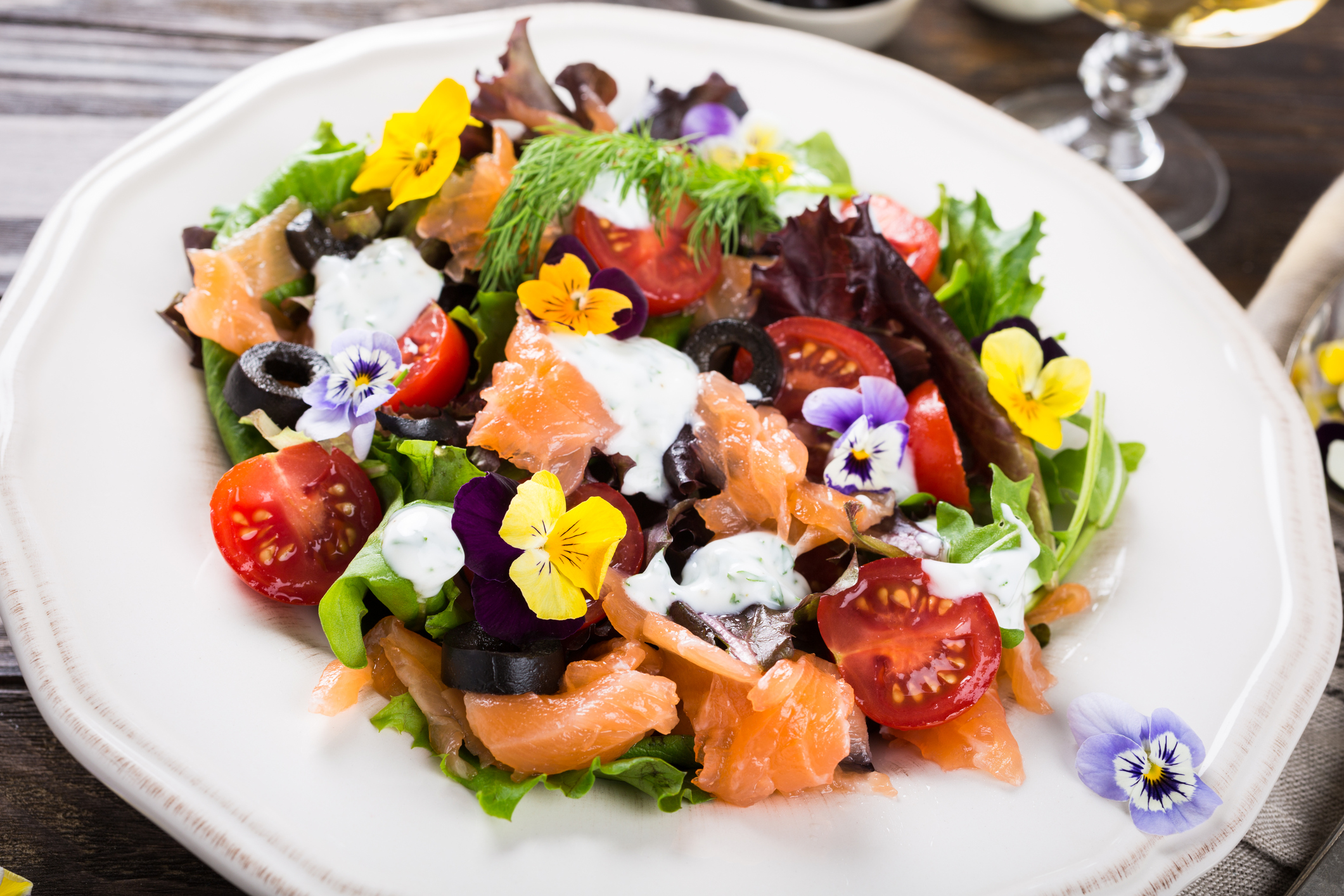
The season for edible flowers is short, which is all the more reason to take advantage of them while they are here. They add a unique flavour to dishes that you won’t find elsewhere.
How to Use: Edible flowers are wonderful in salads and teas, you can stuff them with goodies, or sauté them. Get your full guide to cooking with edible flowers.
Chaga
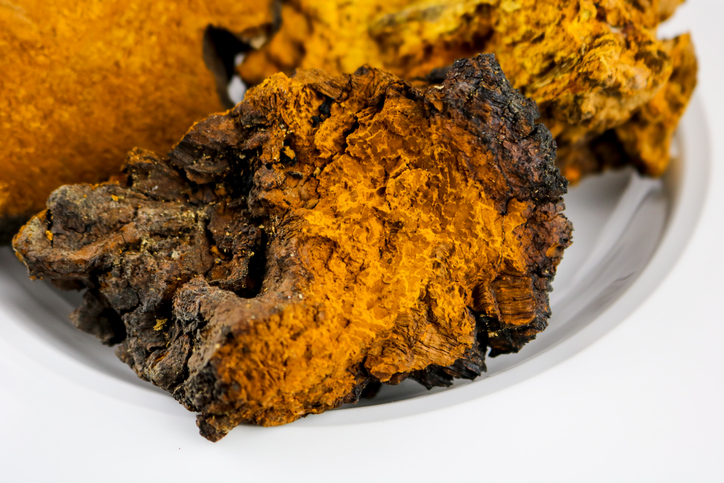 Photo: iStock lauraag
Photo: iStock lauraag
Known as the king of mushrooms, it’s a powerful immune-booster that has anti-cancer and anti-oxidant properties. Chaga will need to be cooked and boiled in order to extract its nutritional properties, or you can make a tincture with it. You’ll also find extracted mushroom powders, where the work is done for you and you can easily dissolve them in hot or cold water for recipes.
How to Use: Chaga is wonderful in teas, nut milk, smoothies, baked goods, dairy-free elixirs, desserts and snacks.
Coconut Butter
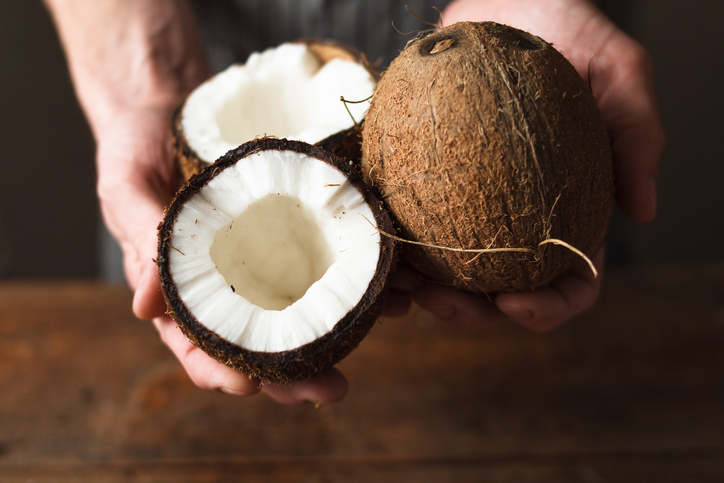
Coconut butter is luxurious and sweet, and can be blended from coconut meat or shredded coconut. It’s rich in healthy fats, which help to balance blood sugar levels, reduce inflammation, fuel the nervous system and provide us with energy, and coconut products are very easy to digest.
How to Use: Coconut butter can be used like nut butter – spread it on toast, crackers or fruit, add it to cereals or oatmeal, blend it into smoothies or elixirs, make ketogenic fat bombs or other snacks, or incorporate it into healthy baking. Or just eat it straight with a spoon!
Cacao Nibs
Photo: iStock vonEisenstein
Who doesn’t love chocolate? Made from crushed cacao beans, cacao nibs are basically like chocolate chips. They’re packed with magnesium, antioxidants, iron and fibre, plus chocolate puts us in a good mood.
How to Use: You can swap cacao nibs for chocolate chips 1:1. They’re great for gluten-free baking and Paleo baking, smoothie bowls, rolling truffles and other raw bites, and more.
Ghee
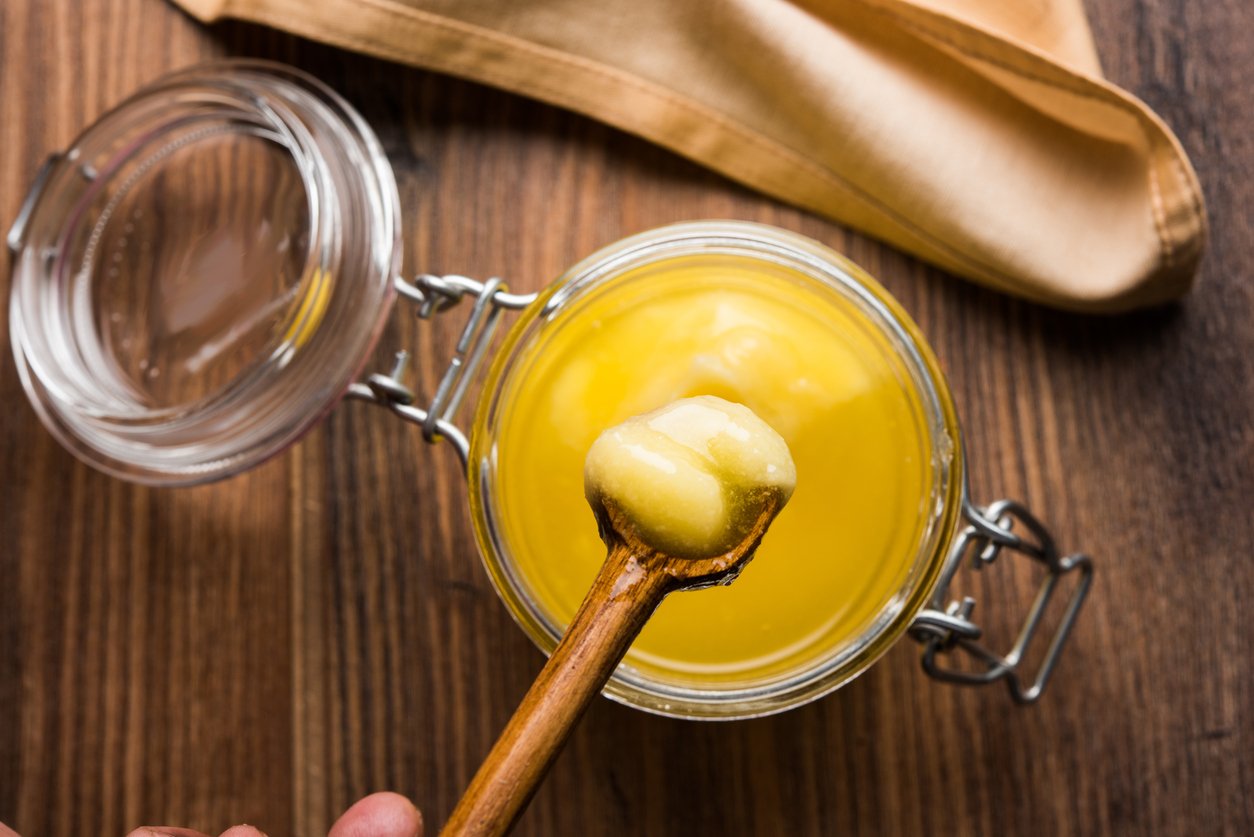
The milk proteins and milk solids are removed from butter to make this concentrated and flavourful alternative. It’s rich in beneficial fats that can reduce your risk of cardiovascular disease, support digestion and help you maintain a healthy weight.
How to Use: We like to use it as a cooking oil for sautéeing or roasting, in this chocolate spread, both in and on gluten-free baked goodies, in dairy-free elixirs and just straight off the spoon too. Learn how to make your own ghee at home!
Kombucha
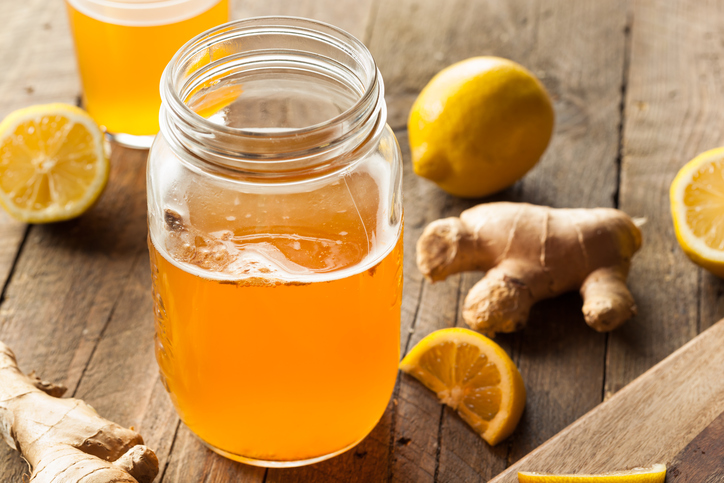
If you haven’t tried kombucha yet, now is the time. Kombucha, like other fermented foods, has many benefits: it helps with detoxification, improves digestion and gut health, provides probiotics or good bacteria, helps with joint care and strengthens the immune system. It’s very easy to make at home, where you can skip the added sugars and you can ferment it to your preference.
How to Use: Drink on its own, or use it to make healthy mocktails.
Powered Up Veggie Broth
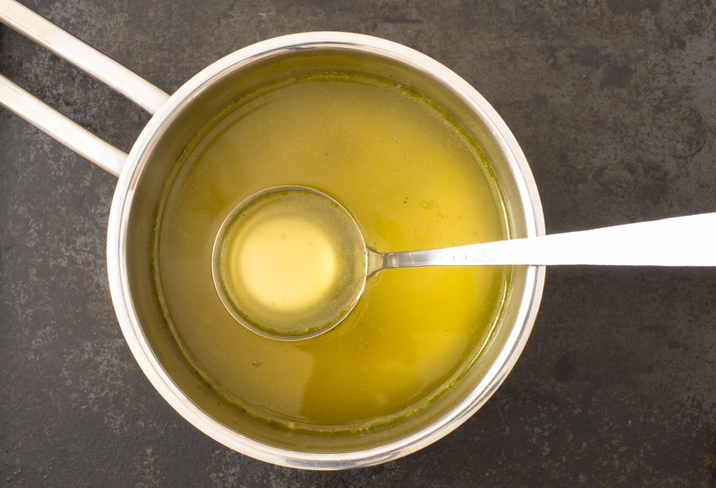 Photo: iStock Photosiber
Photo: iStock Photosiber
Vegan eating continues to be one of the most popular diets out there, and plant-forward eating will always be in vogue. Vegetable broth is a staple for many vegan and vegetarian dishes and when you add culinary herbs and adaptogens to power it up, you get even stronger immune-boosting, antioxidant-rich and anti-inflammatory properties. Try adding ingredients like fresh or dried turmeric, goji berries, maca, chaga or reishi as you simmer your broth.
How to Use: Drink on its own, add to soups and stews, cook grains with it or make savory oatmeal.
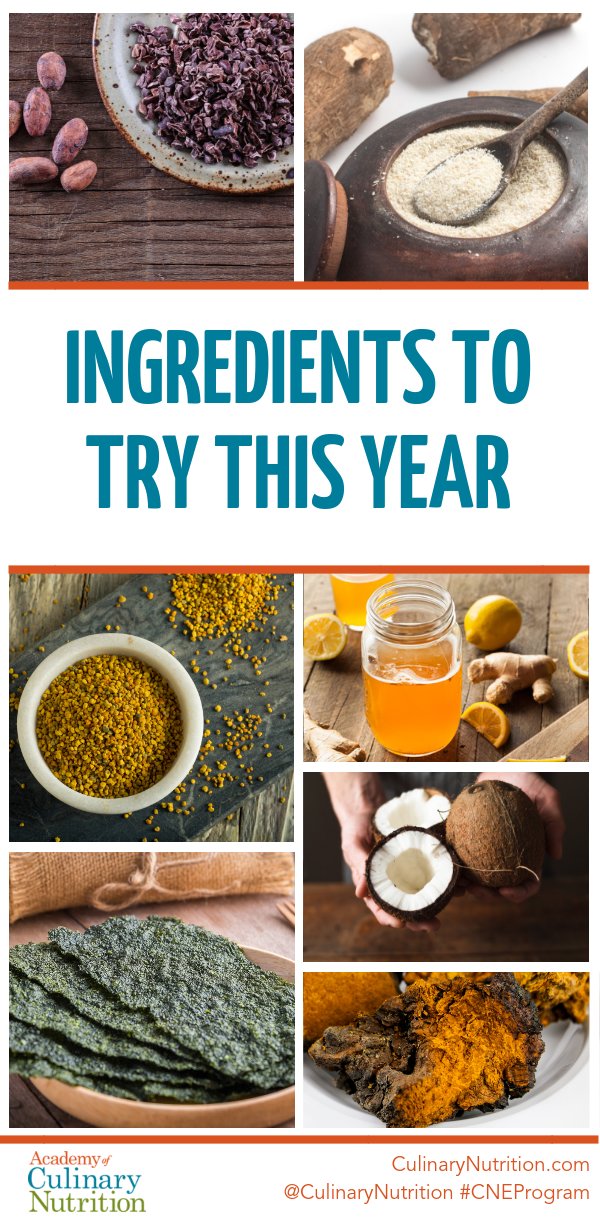
Free Resource Library
Enjoy more than 40 downloadable guides, recipes, and resources.















